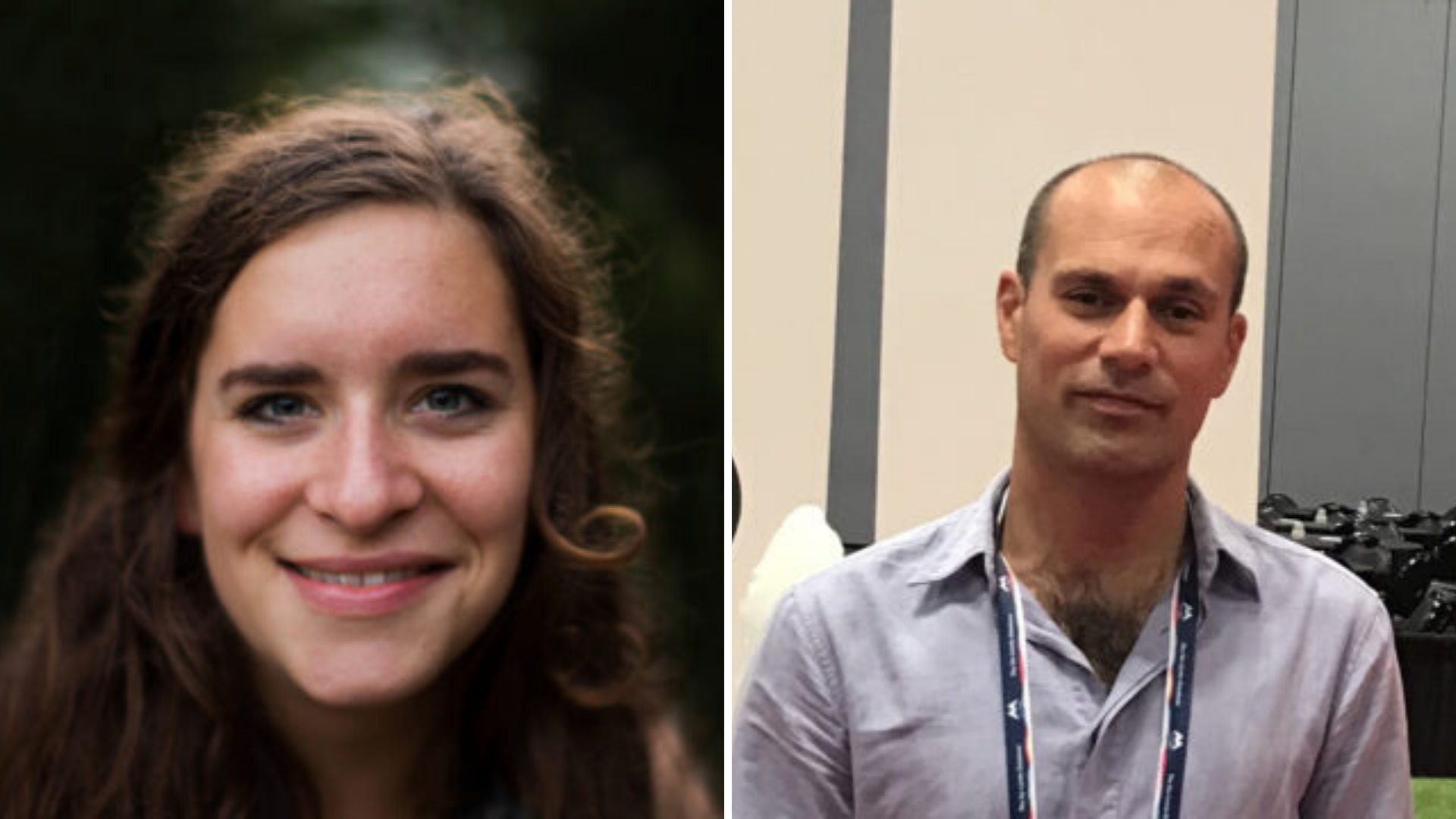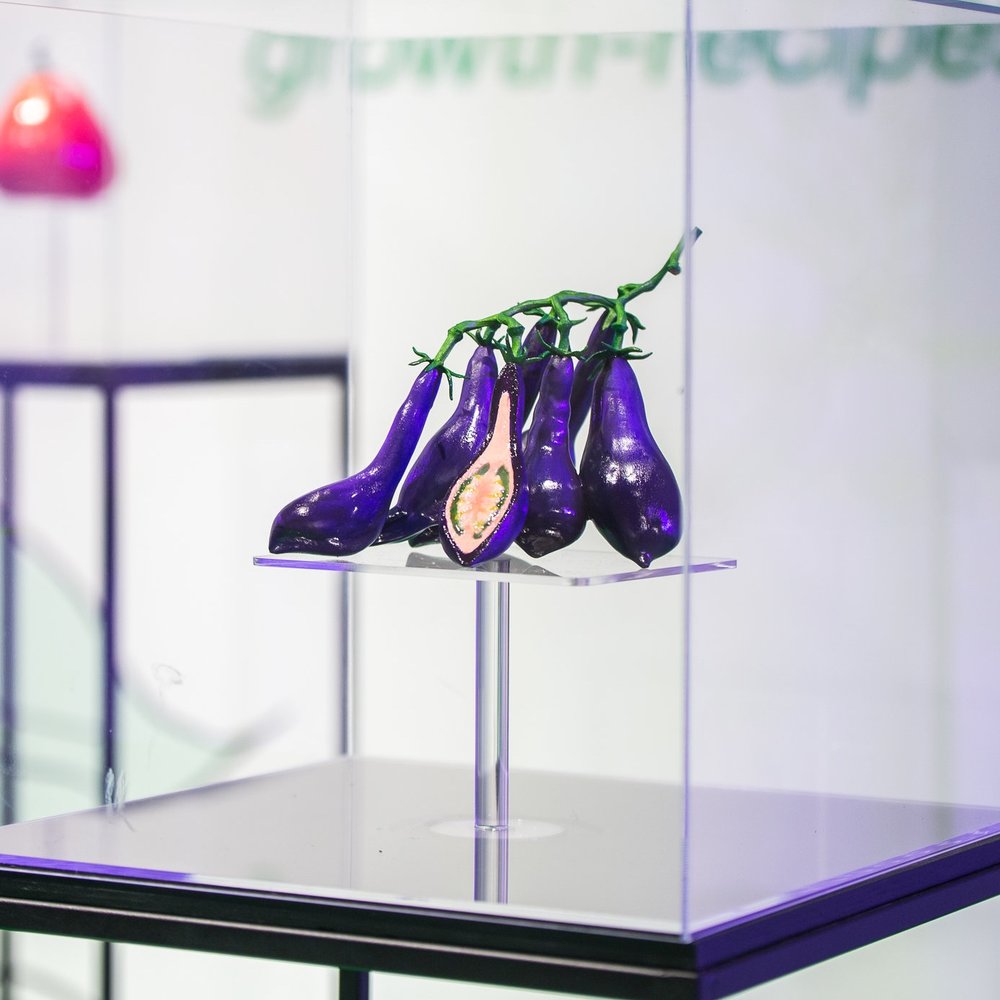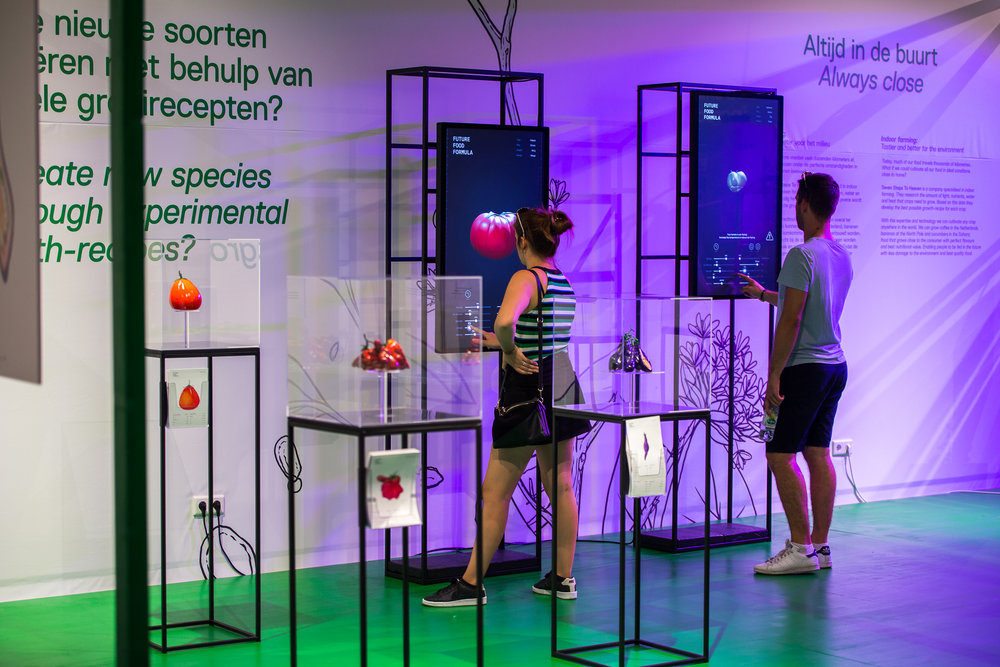“To shape the future of food, we are going to need creative minds together with scientists and technologists!”
Together with Qreator by IQOS, we were going to launch a new events category during this year's edition of Romanian Design Week. It is called DESIGN FLAGS, a series of seven exhibitions that document the evolution of design from international cultural perspectives, which would have been hosted by Qreator by IQOS space.
For the moment we thought of sharing with you the content of these exhibitions, online, here, and also to start a series of interviews with the teams behind them. Thus, we have the opportunity to discover together the ideas and insights that made possible each of these.
Presented with the help of the Spanish Embassy in Bucharest, the Hungarian Institute in Bucharest, the Czech Centre, Designmuseum Danmark, CHART, Next Nature and KWY.studio, the seven exhibitions investigate new approaches and concerns in design and present innovative ideas and products that manage to redefine the sphere of which they are part.
In today's interview we talked to Chloé Rutzerveld, food designer and Tim Hoogesteger, Managing Director of Next Nature Network, who are presenting at DESIGN FLAGS the Future Food Formula, an interactive installation that allows us to experiment the future of agriculture.

Chloé Rutzerveld is a critical food designer who explores and challenges food production and consumption. She is fascinated by nature, the human body and the (strange) relationship people have with food. After she graduated Cum Laude from the Eindhoven University of Technology in 2014, she started her own studio as Food and Concept Designer.
Tim Hoogesteger is the Managing Director of Next Nature. He previously lead the Dutch Electronic Arts Festival in 2012 and 2014 and has toured around the world as an electronic music artist inspired by music from Detroit’s techno artists and art & technology in general. At Next Nature Network, he is responsible for envisioning and effectuating opportunities within the network and to manage its operational activities.
- Tell us a little bit about the Future Food Formula exhibition and how did you come up with the idea of developing this project.
Chloé Rutzerveld: In 2016 I read somewhere about the technology of vertical farming and as soon as I saw the word ‘growth-recipe’ I became super exited. When adapting a recipe to our liking, we adjust the taste, smell, color and nutritional value of the dish. But I started to wonder: what if technology could allow us to do the same thing directly to our crops? This would mean that in the future, we could “cook” with growth recipes instead of with ingredients.
As I dove into vertical farming technology, I discovered that it is not only the amount of sun and water that impacts the development of a crop; factors such as humidity, airflow, light spectrum, CO2 concentration and the pH value of the soil are equally important. In fact, the adjustment of one growing factor can, indeed, influence the shape, size, color, smell, taste, texture and nutritional value of a crop. Inside high-tech growth facilities, each of these environmental factors can be simulated and determined separately. The values are written down in these so-called “growth recipes.”
Most of the time consumers learn about a new (food) technology when a product is already on the market. Because research on novelty foods and new technology is not openly accessible or is too complex for regular consumers to understand, there is often a lack of communication. This problem demonstrates the enormous gap between research, development and consumption; if the consumers are the ones who buy and consume the food, wouldn’t it make sense to involve them at an earlier stage? I felt therefore that it was time to translate this knowledge into an approachable, interactive installation- Future Food Formula - , enabling the consumer to learn about indoor farming technology and plant physiology while playfully designing their own future crop. As consumers adjust the growing factors on the touchscreen, they immediately see how their adaptations impact the shape, size and color of the crop.
In 2017 the first version was created during an Artist in Residence at Raum in Utrecht (the Netherlands). Next Nature Network was so enthusiastic about the installation that they offered to help me make a 2.0 version. So in 2018/2019 we created a more professional, more scientifically accurate and improved version of the Future Food Formula together with Utrecht University (plant physiology research) and Organism Studios (3D modeling and software development). Full research can also be found in my book Food Futures - How Design and Technologycan Reshape our Food System.

- Where did you showcased it so far and how was it received by the audience?
Tim Hoogesteger: The FFF has been showcased at several European events including NEMO (Amsterdam, NL), World Creativity Forum (Eindhoven, NL) and the NOI Techpark (Bolzano, IT). The audience is quite pleased with the smooth interactivity of the installation and relatively easy interface how to influence the crop growth.
- How are people usually interacting with the installation and what did you find out about how people envision food in the future? What were the most surprising views?
Chloé Rutzerveld: Most people find it fun to slide all 10 growing factors to the maximum or minimum values to see what comes out. Does the tomato plant die? Or morph, elongate, change color? After that they push default settings and start exploring what the effect of each individual growth-factor does with the plant. Like the amount of CO2, water or red:blue light ratio.
The exhibition includes three prototypes of possible future tomatoes generated with the FFF. Because they also show their unique growth-recipe, people sometimes test if the recipe really creates that particular prototype. (spoiler - yes it does ;-) )With the new software, people can also slide the tomato open to see the inside, they can rotate the tomato or the tomato plant and see on the information pop-ups what the plant wants to flourish under certain circumstances.

What I personally enjoy is the interest and enthusiasm of scientists who actually work on plant physiology. Whereas when I started in 2017 with the creation of the first version, scientists were very skeptical because they couldn’t imagine at that point that it could explain (the very basics of) their work in a fun and accessible way. The FFF is based on actual science, but with a layer of speculation (as I’m a designer and not a science communicator) - to take the technology beyond the current efficiency reasons and explore what else might be possible if we start experimenting with extreme growth-recipes or perhaps even genetic modification of the seeds. Like one seed that can grow the entire cabbage family (Brussels sprouts, red cabbage, broccoli) depending on the growth-recipe you apply.
- How do you imagine the future of food?
Chloé Rutzerveld: At this moment I’m very interested in microbial farming. Food produced by micro-organisms such as bacteria, yeast, micro-algae and fungi. This is such an interesting and promising field. I want to create an entirely new food system, away from our default system. Microbial farming has the potential to bypass many of the current environmental boundaries of food production and can drastically reduce the environmental impact. And with a new food system, new eating rituals, habits, tools, dishes, and ways of processing will arise. To shape the future of food, we are going to need creative minds together with scientists and technologists!
- Tell us a little bit about Next Nature and about other projects that you developed or are part of. Where should we follow you?
Tim Hoogesteger: We are a network of makers, thinkers, educators and supporters. With members in 44 countries, we are the international network for anyone interested in the debate on our future – in which biology and technology are fusing. Our headquarters is based in Amsterdam, the Netherlands.
We explore how technology becomes so omnipresent, complex, intimate and autonomous – a nature of its own. We stimulate discussion, initiate publications, events and traveling expositions on how to dream, build and live in the next nature. These are often part of programmes by science centres, festivals, museums or events across the planet. Our digital publications can be found online via our online magazine at www.nextnature.net and our books and games can be ordered via our shop: www.nextnature.net/shop . You can also follow us via our newsletter: https://nextnature.net/newsletter.
- How is, in your opinion, the design scene responding to the current situation caused by the Coronavirus and what would you expect to change in the future in terms of design practices and concerns? What about in terms of consumption and production?
ChloéRutzerveld: #supportyourlocals is booming right now in the Netherlands. Local farmers, brewers and bakers are very hot! So I hope this stays like this when the crisis is over.
- What do you hope we will all learn from this virus?
Tim Hoogesteger: We are currently researching how this virus affects all of us and are publishing this via our newsletters and online magazine. Personally I hope that the way forward is a way based on hope, inclusion and positivity rather than one based on fear.
There you can find Next Nature:
https://www.linkedin.com/company/9480826/admin/
https://www.facebook.com/nextnature/
https://twitter.com/nextnature
https://www.instagram.com/nextnaturenetwork/?hl=nl
Where you can find Chloé Rutzerveld:
https://www.chloerutzerveld.com/
https://www.instagram.com/chloerutzerveld/
Listen to her TEDx Talk about the future of healthy eating here.
Design Flags is supported by Qreator by IQOS.
Qreator by IQOS - Home of Creativity is one of the most active promoters and facilitators of creativity in the cultural area of Bucharest. Through the events it organizes or hosts, Qreator by IQOS connects the creative communities of Bucharest with all those passionate about creativity, in all its forms. Qreator by IQOS provides a space where they can express themselves and collaborate, but also the technological resources needed to put their ideas and projects into practice. More information on http://www.qreator.ro and http://www.facebook.com/qreator.
___
Find out more about Future Food Formula exhibition by the food designer Chloé Rutzerveld, in collaboration with Next Nature Network.
